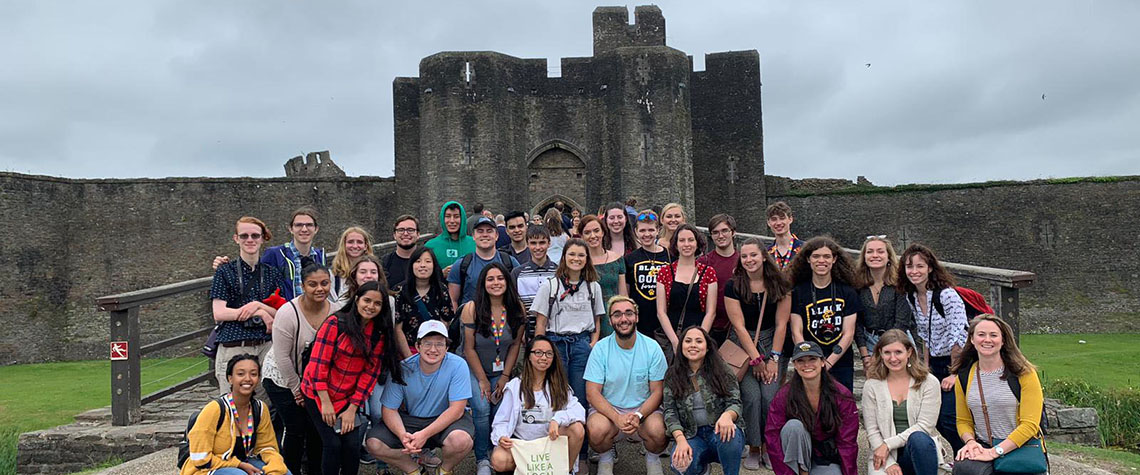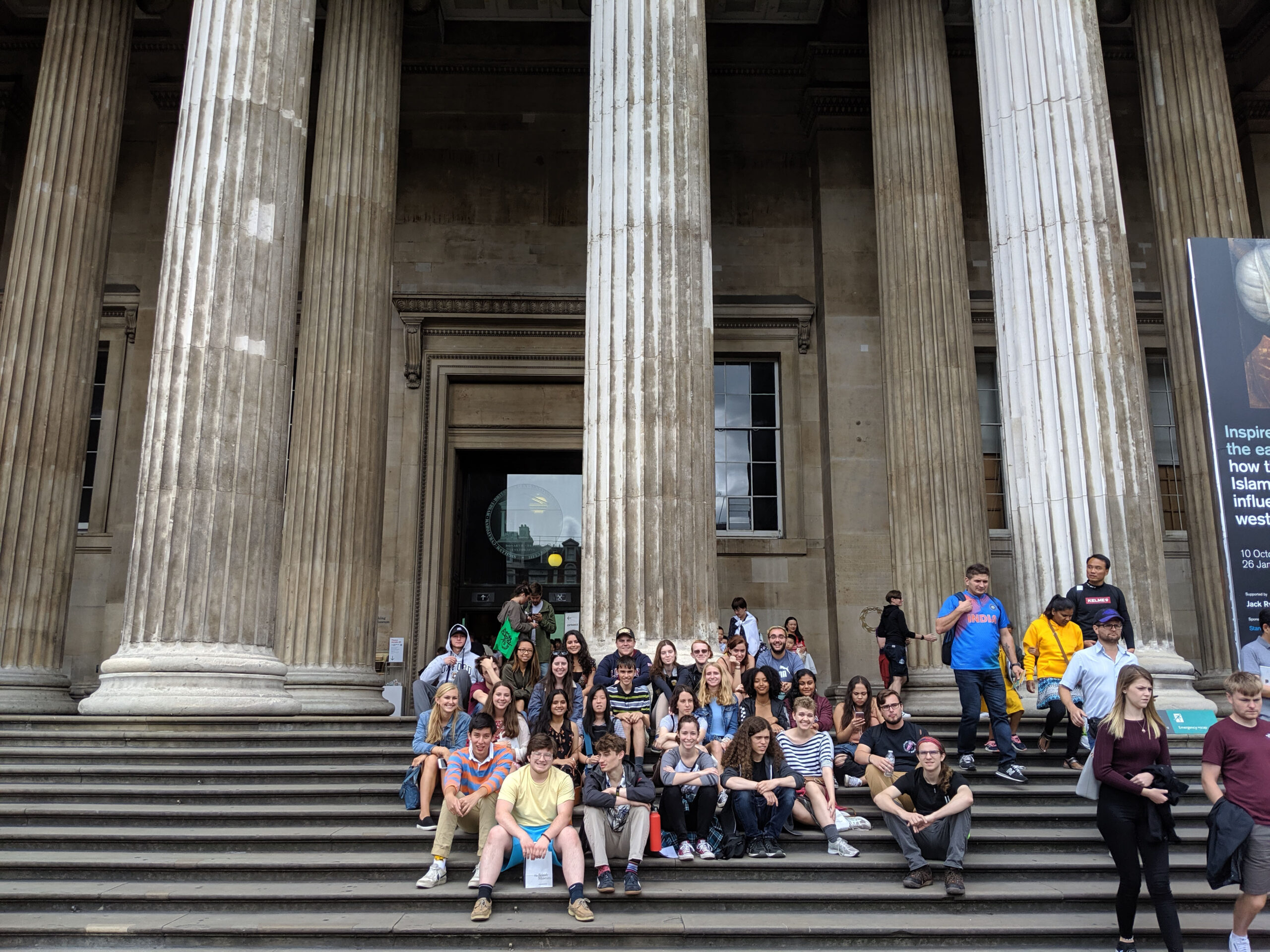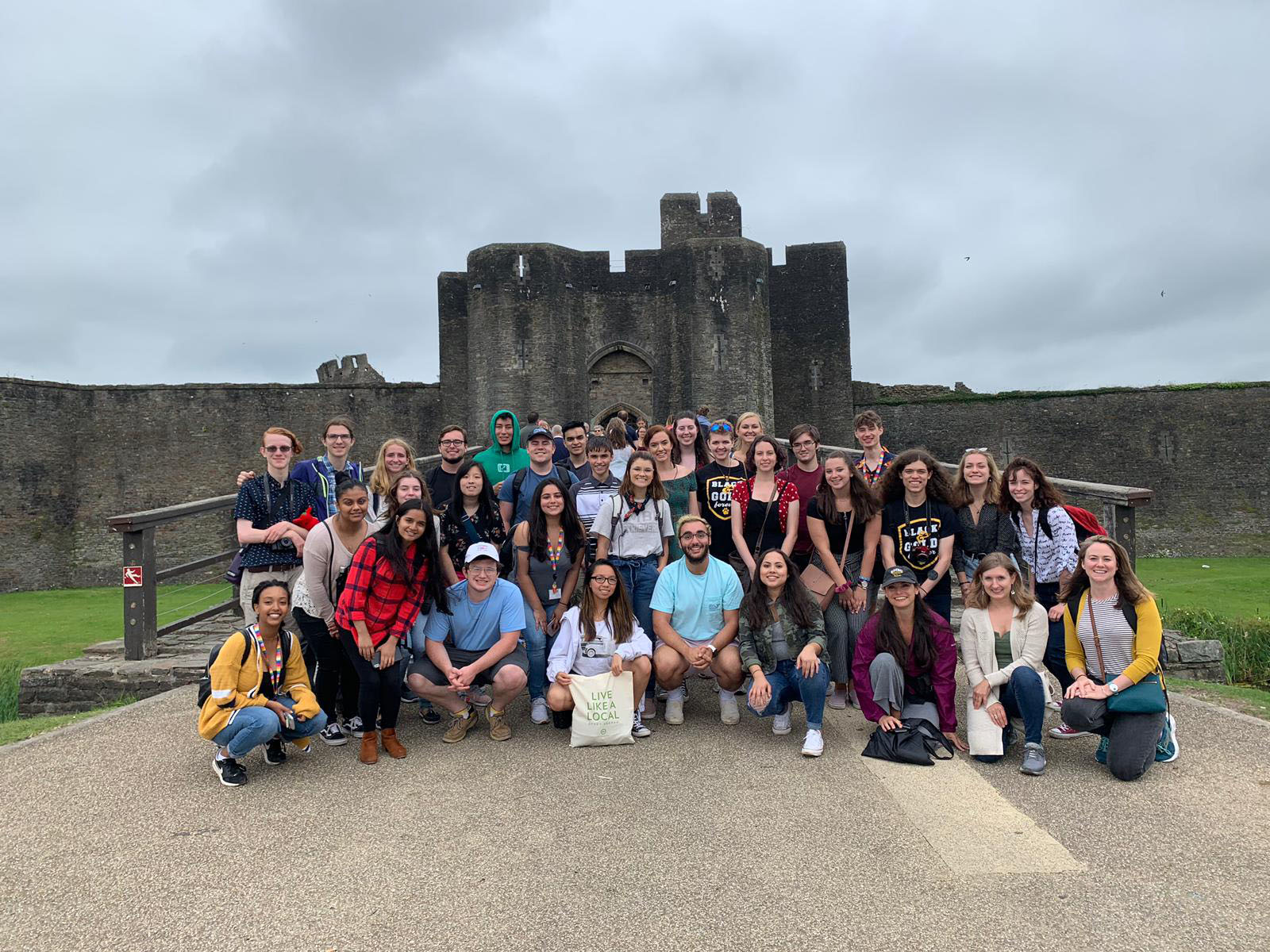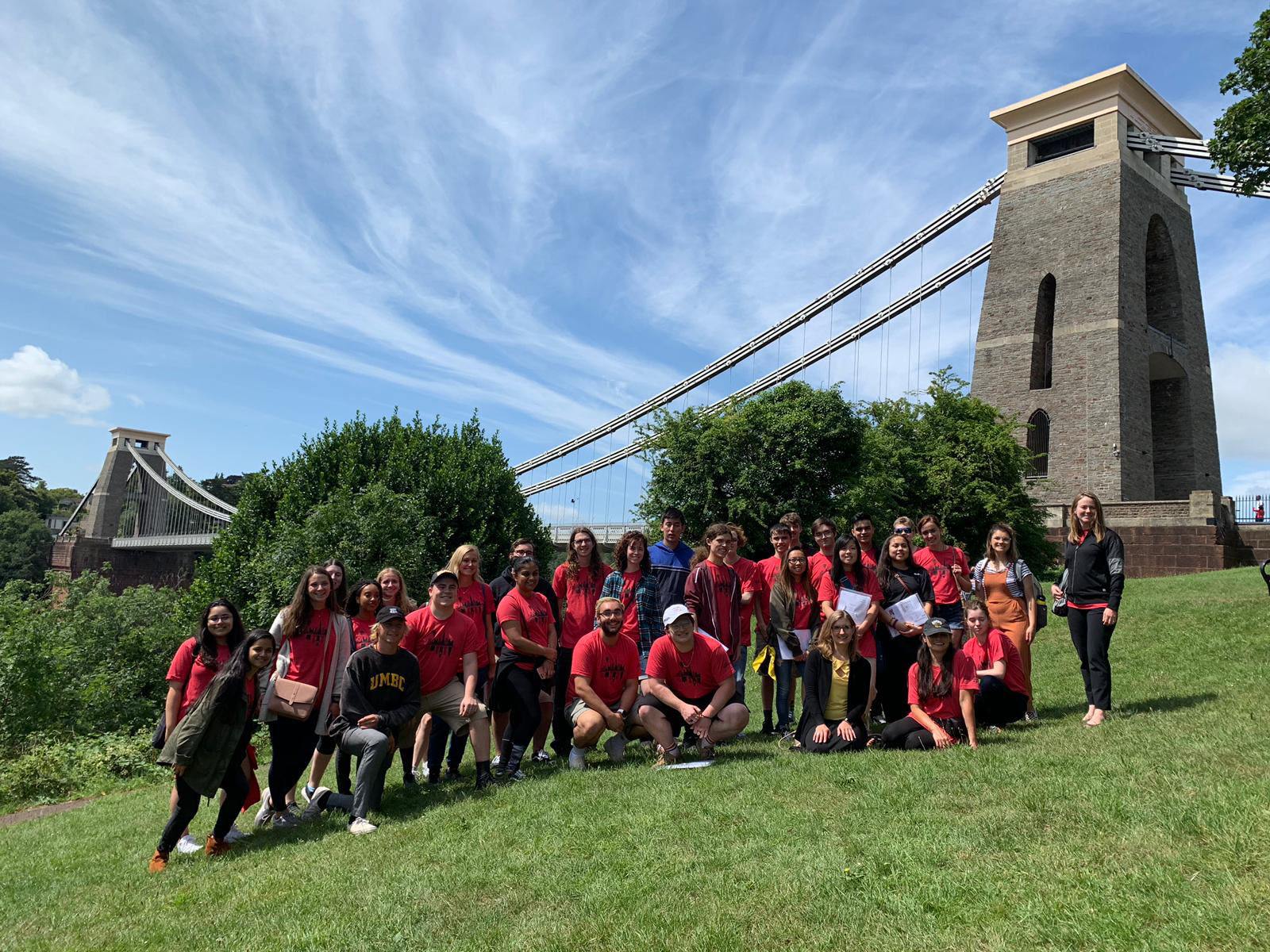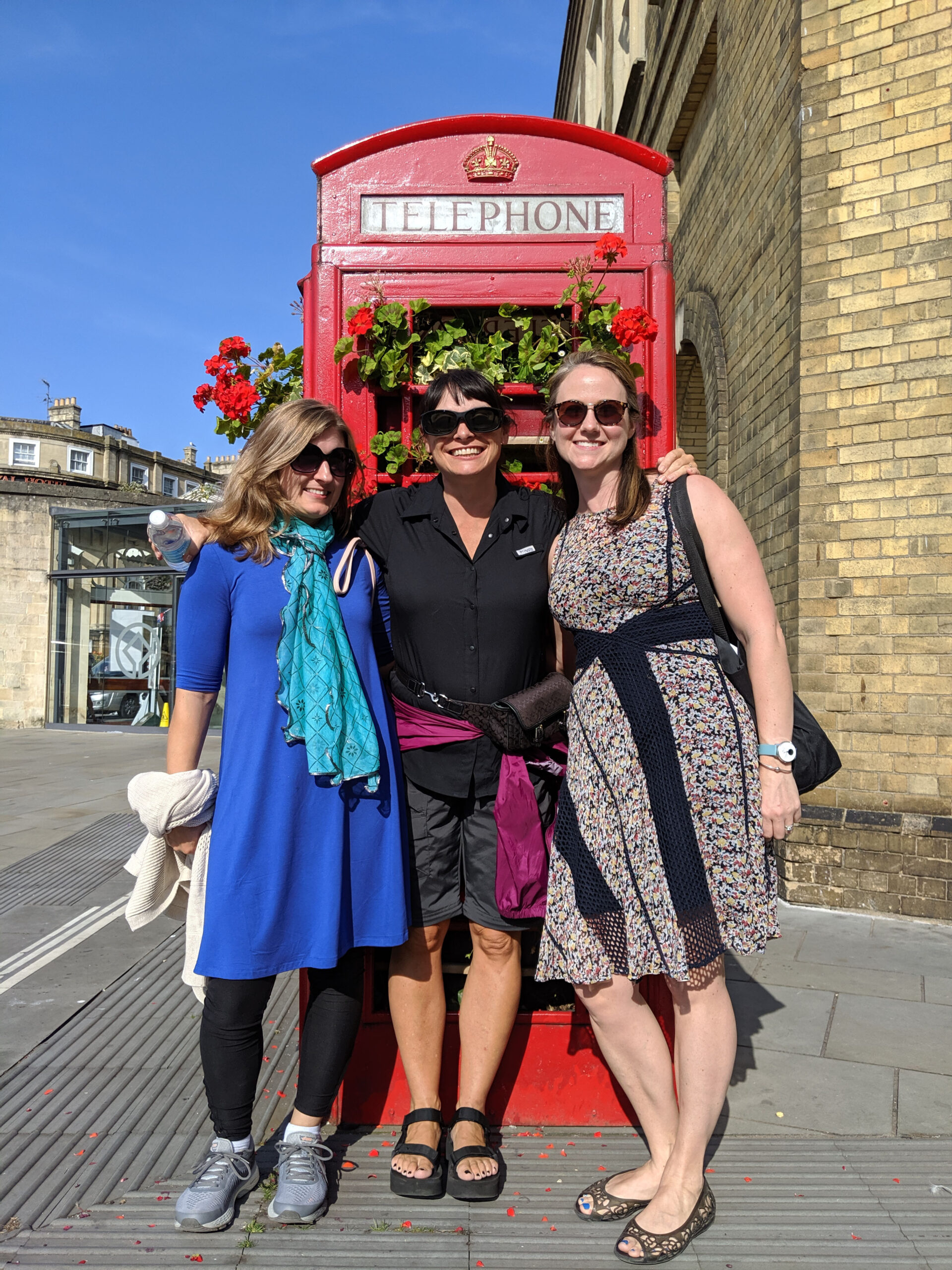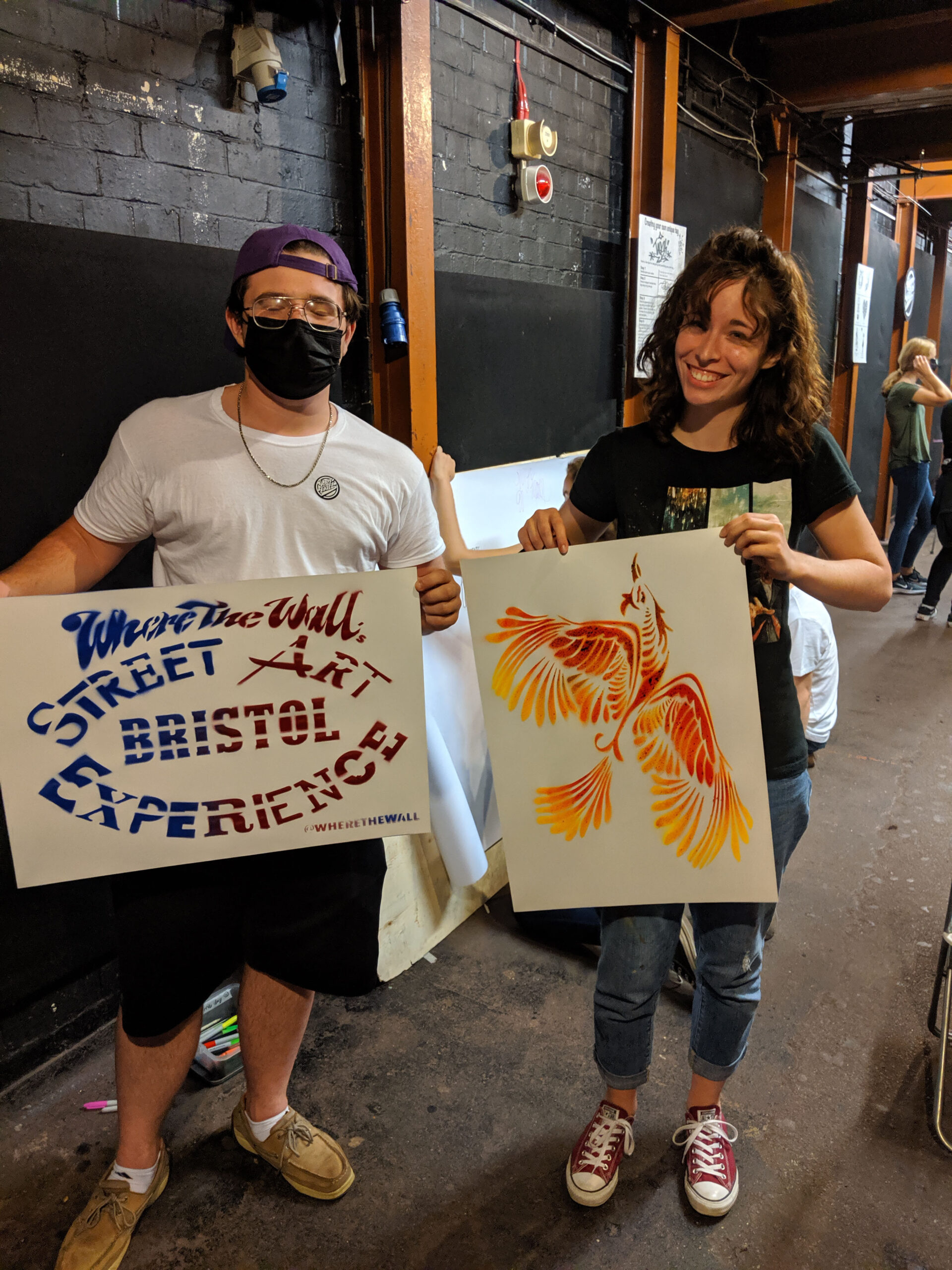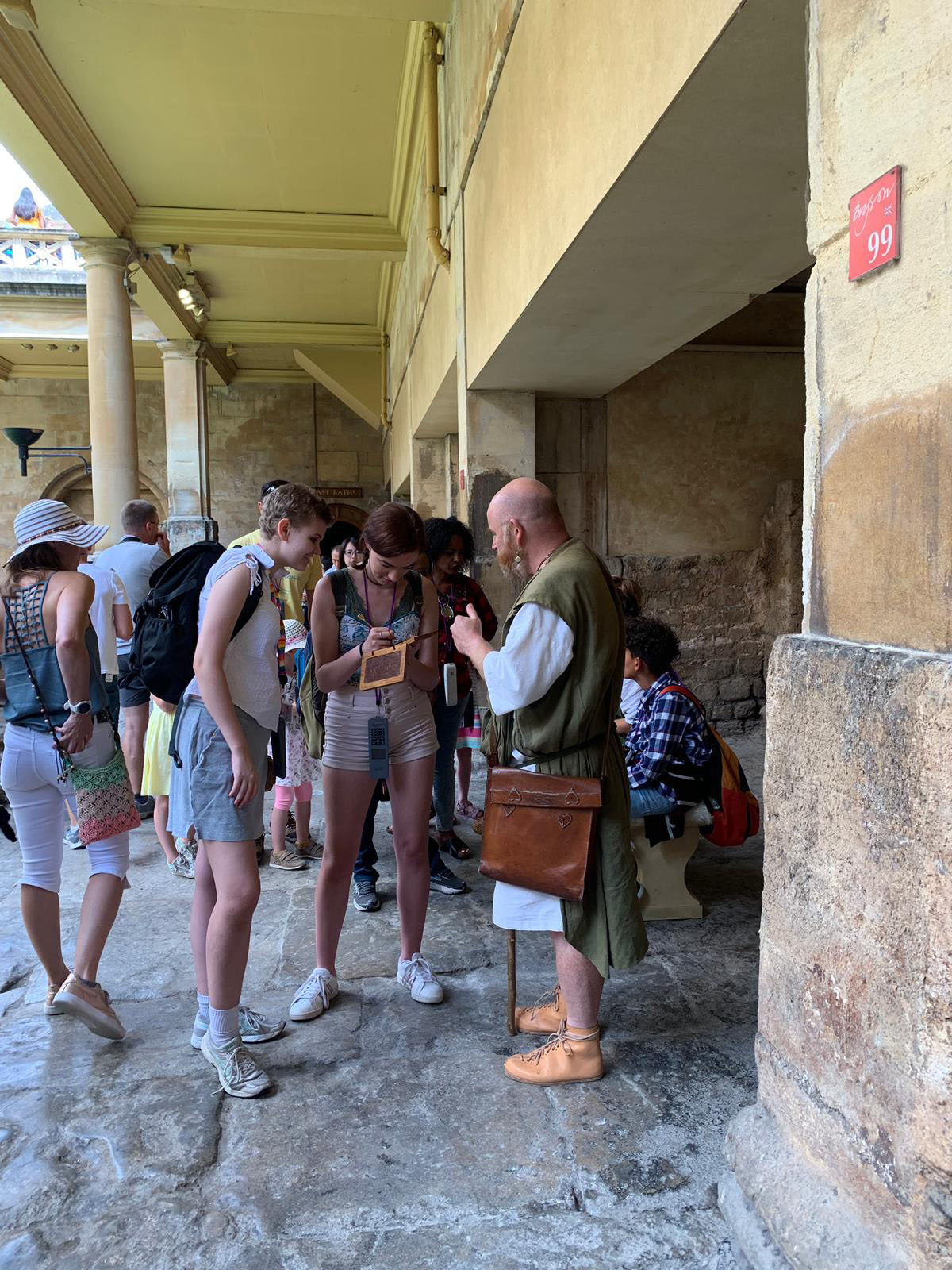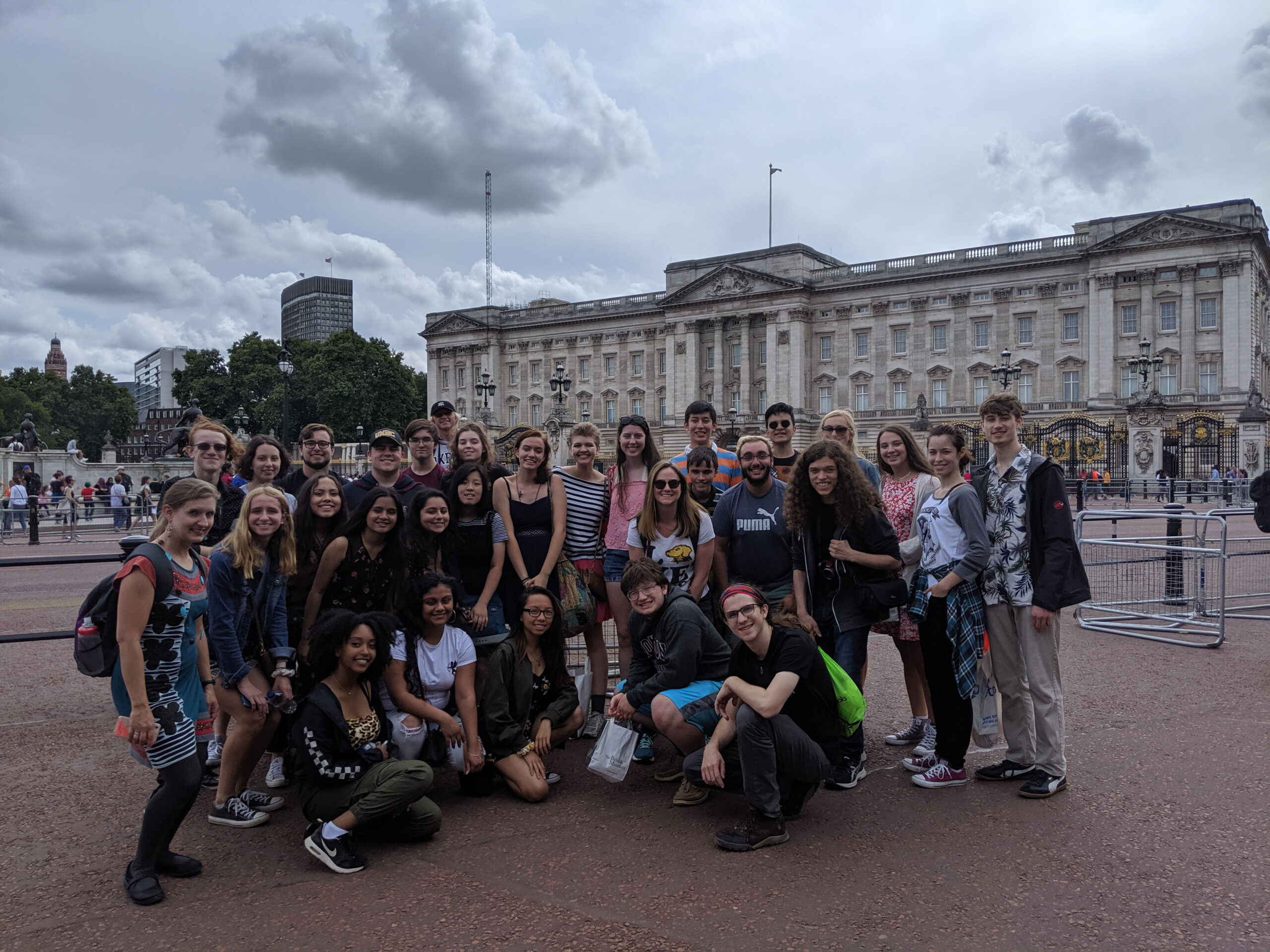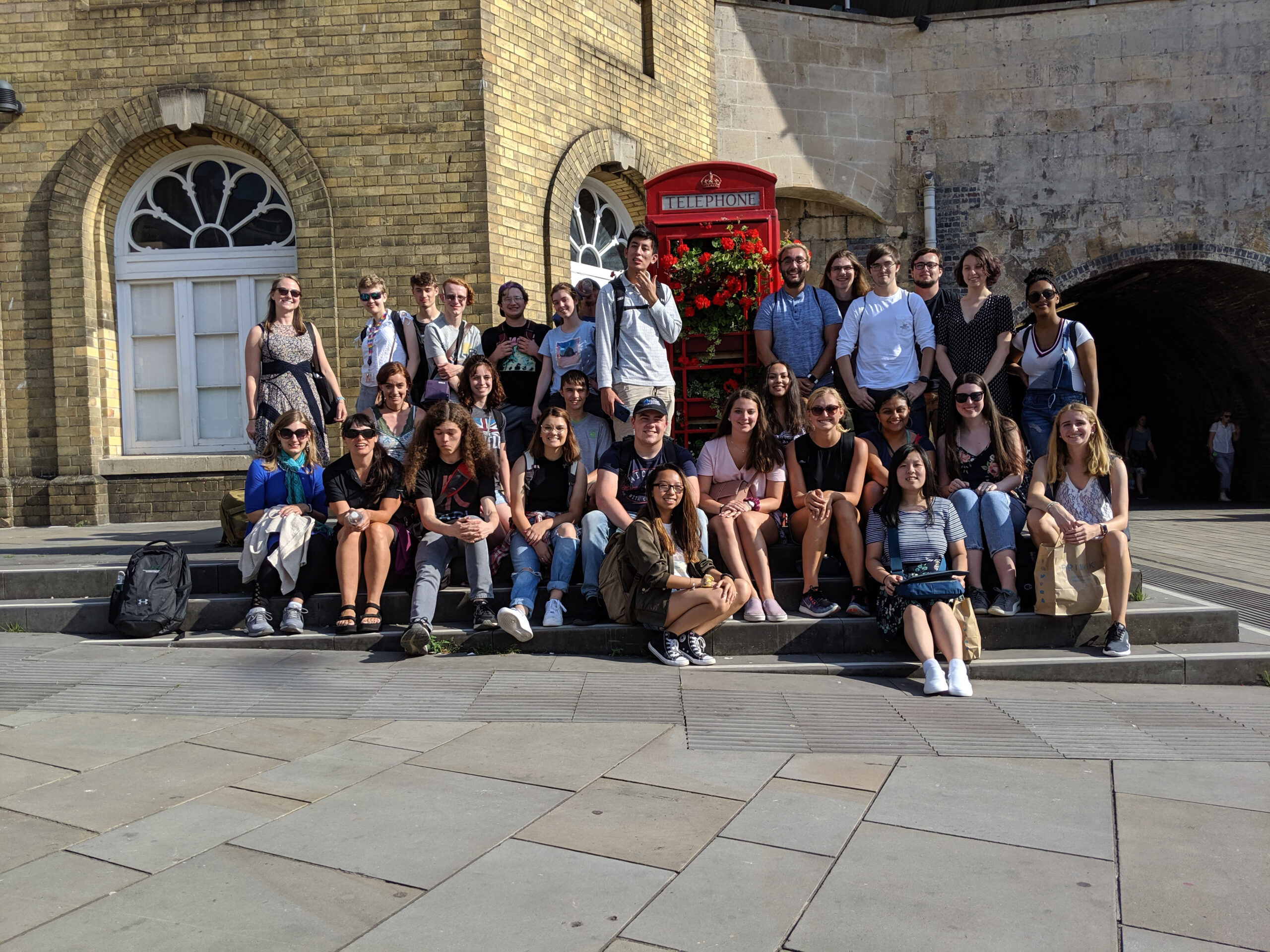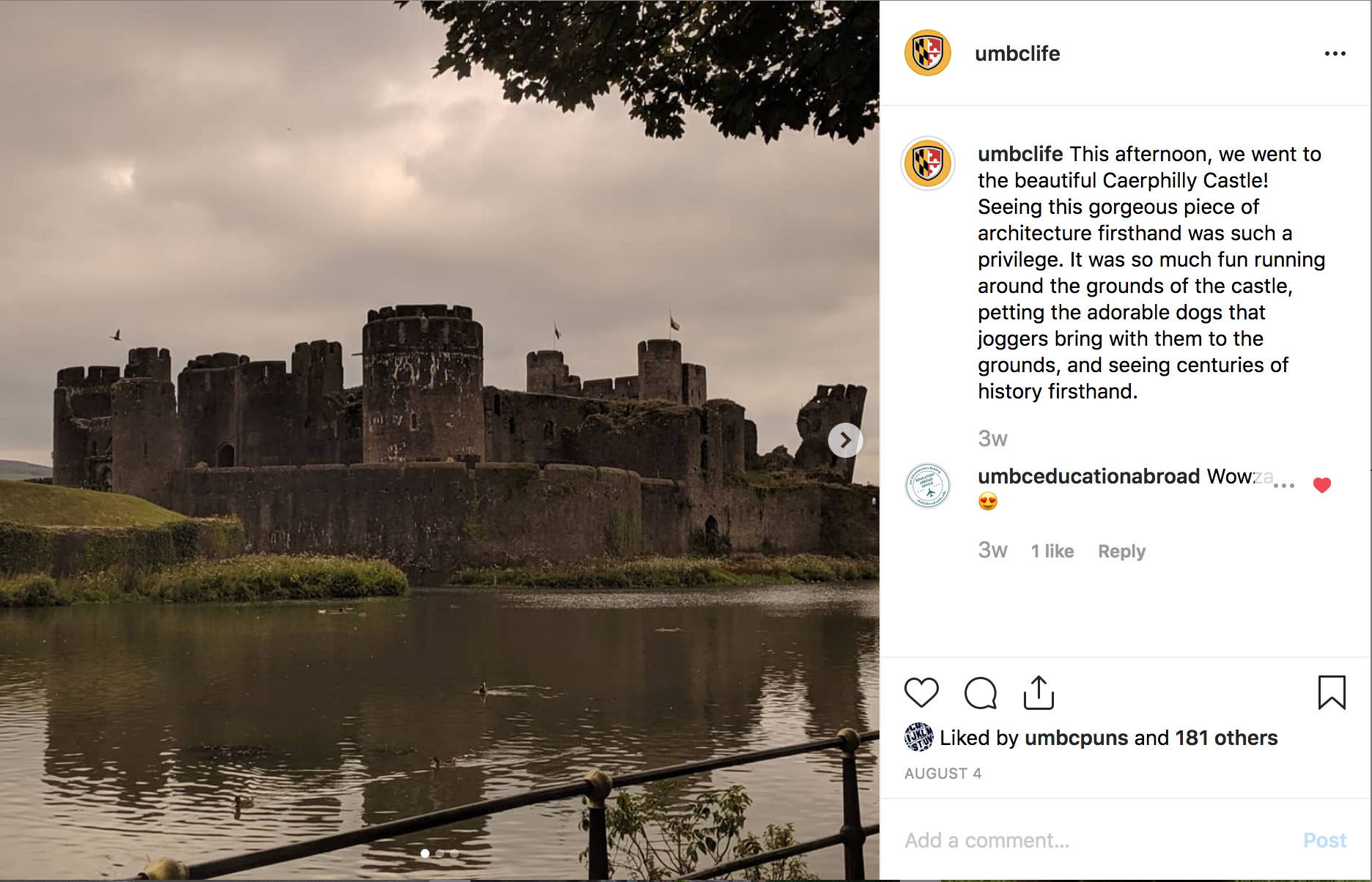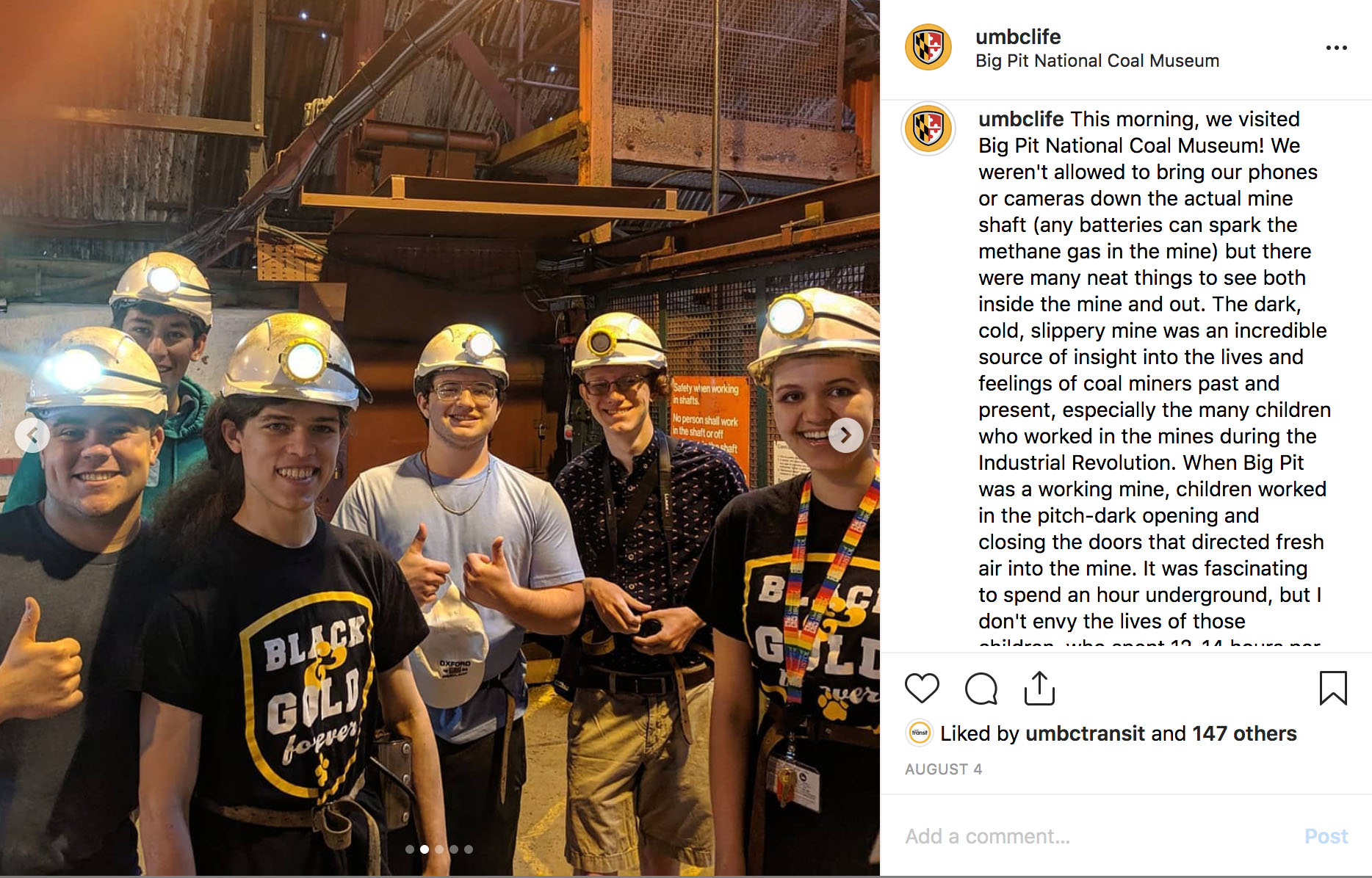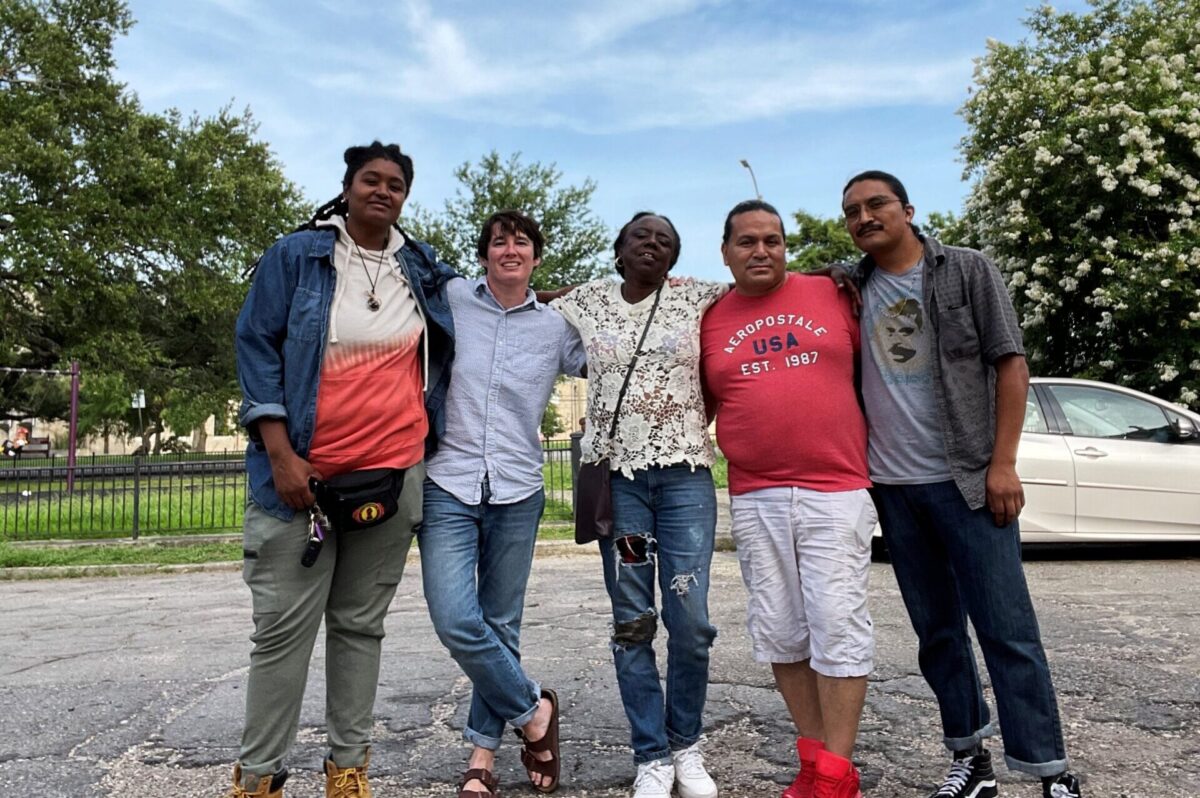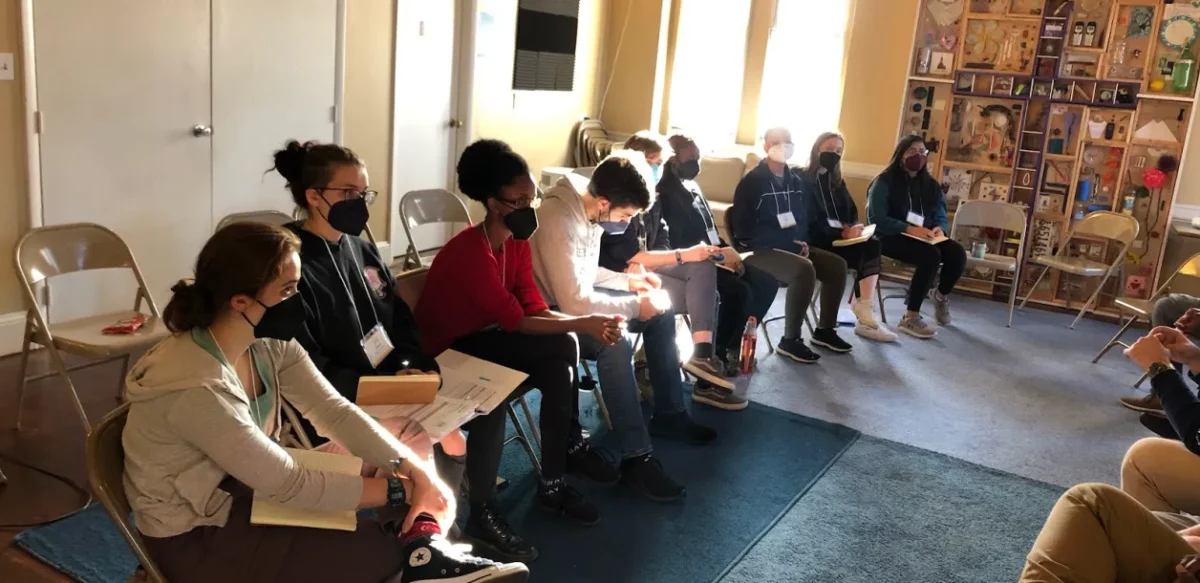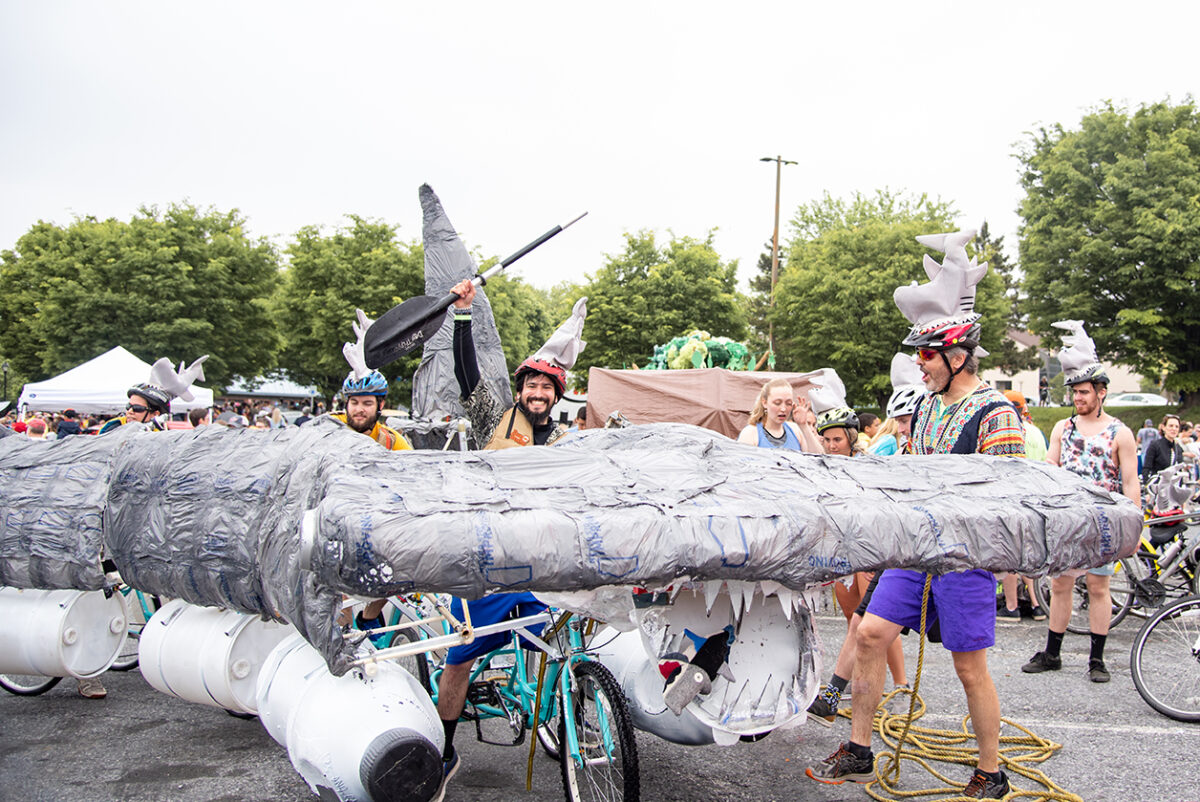Most new students can’t wait to get their college careers started. This group of dedicated Retrievers really couldn’t wait. Through UMBC’s new Dawg Days Abroad program, nearly 30 incoming students had the chance to travel to Bristol, England as part of a two-week international excursion. Students were able to gain college credits and start making lasting memories before classes even began.
Developing the pilot program, navigating piles of paperwork, coordinating travel logistics, and wrangling a few dozen college students in a foreign country…seems easy, right? Caylie Middleton ‘08, associate director of international education, told us just how this exciting new adventure unfolded.
This is the first time UMBC has offered a program like this. What was the process for getting Dawg Days Abroad off the ground?
This program has been in the works for about three years and has been a personal dream of mine. I’ve always wanted to reach newly-admitted students because oftentimes once students come to our office, they don’t have as much time to think about studying abroad amidst their other responsibilities and priorities.
Dawg Days Abroad is a really rare type of study abroad program that few universities in the United States offer. To start, I met with campus partners such as Admissions, the Office Academic Engagement and Transition Programs, and potential faculty leaders. I also had to start to identify external providers to map our logistic support and explore possible locations for the program.
Once everyone was on board with the program, we identified the faculty whose courses would be the best fit for potential students. Then we had to narrow down the location options to one that fit within our anticipated budget.
That’s all the easy part. The hard part comes when you start to promote the program. We had to get enough students to make our minimum enrollment. We were aiming for at least 20 students and we ended up with 29.
This program had many moving pieces and so many different parties involved. I couldn’t have done it without the collaborative effort of everyone who was a part of it.
You mentioned that not many universities are doing this type of program. What makes it so unique?
This is a study abroad program that UMBC students complete before they start their first semester on campus. Most students don’t study abroad until their junior year, so Dawg Days students got international experience well before most others.
During their two weeks abroad, students earn four credits and get a chance to complete research, which makes this program particularly unique and valuable. Students have guided instruction on selecting a research topic and mentor, creating a poster presentation, and presenting a poster in a professional setting. Those four credits also include a one-credit “Introduction to an Honors University” component, which I taught to help students develop the skills to become successful Retrievers.
Our goals for this program are to give the students a snapshot and head start into university life and the potential they can reach. We want students to get an international and intercultural experience, form a group of friends before they start their time on campus, develop relationships with mentor on UMBC staff, and learn about the resources available to them.
The big question: What did students actually do while they were abroad?
The program started with a day and a half on campus so students could develop some rapport with each other, get the pre-departure safety information, and do introductory coursework. We all left together to go to the airport and then flew together to London.
Once we arrived, we spent the majority of the time in Bristol, a city about two hours west of London. From there, students attended class daily and we enjoyed excursions every few days. We visited Bath to see the Roman Baths, went into the Welsh countryside, saw the Big Pit National Coal Museum, and explored social and political history on a tour of a coal mine. We did get to see a few traditional English castles while we were in the neighborhood, but most of our activities tied directly to the course content.
Other excursions included The National Gallery in London, the British Museum (to see the Rosetta Stone and explore representations of Orientalism), the National Assembly for Wales, and the Palestine Museum and Cultural Centre in Bristol. The students’ days were packed with activities and classes.
After such a successful first venture, what are your hopes for the future of the program?
Seeing this program come to fruition was so exciting. My next steps are to continue to improve and run it for the next few years. In the long term, I hope we can offer a few different pre-freshman/transfer study abroad programs in different locations for students to choose from. I believe this experience is so beneficial for both the students and our university. At least two students who participated who said they chose UMBC because we offered this study abroad program. It’s a great way to introduce future Retrievers to the fun and fascinating experiences they can access as a UMBC student.
All photos courtesy of Caylie Middleton ’08.
Tags: Baltimore

